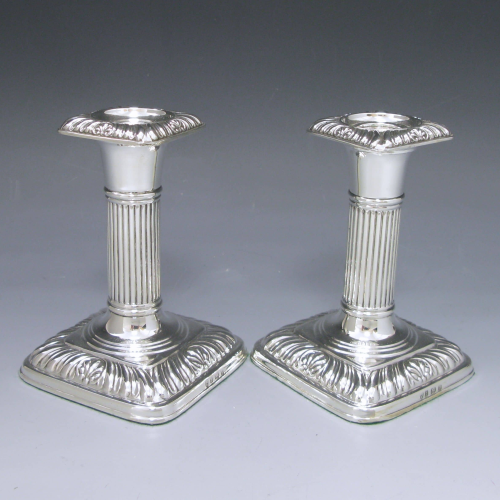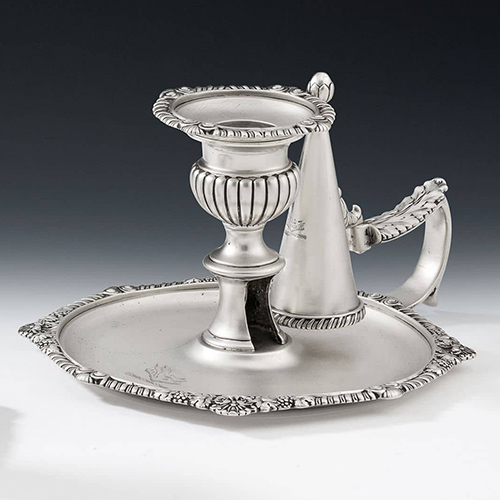

Gadrooning, also called nulling, is the term given to a decorative motif which is comprised of a series of repeating vertical convex flutes or curves. The style became particularly popular as an applied decoration in 18th and 19th century silver, furniture, porcelain, and glassware.
The origins of gadrooning can be seen as a decoration on ancient Roman sarcophagi and draws inspiration from the spiral fluting commonly applied to columns in both classical Greek and Roman architecture. Some scholars also suggest that gadrooning had origins in medieval Islamic architecture and was adopted by European architects after they were exposed to this design style.
The fashion for gadrooning was revived by the artists and craftsmen of Florence working in the 15th century at the outset of the Italian Renaissance movement, which you can see in the worked lines becoming thinner and straighter.
Gadrooning is a very characteristic decoration of bulbous supports for Elizabethan furniture, such as on feet for a table or chair. Chippendale used gadrooning extensively for their borders and tip edges.
 In European porcelain, gadrooning was introduced at Spode around 1824. The shape used mimicked the shapes in elegant Georgian silverware. It was mainly used for tea sets and elaborate dessert services.
In European porcelain, gadrooning was introduced at Spode around 1824. The shape used mimicked the shapes in elegant Georgian silverware. It was mainly used for tea sets and elaborate dessert services.
Gadrooning is an excellent example of a technical skill that shows the craftsmanship and work that went into the creation of antique silver, furniture, porcelain and glassware.

